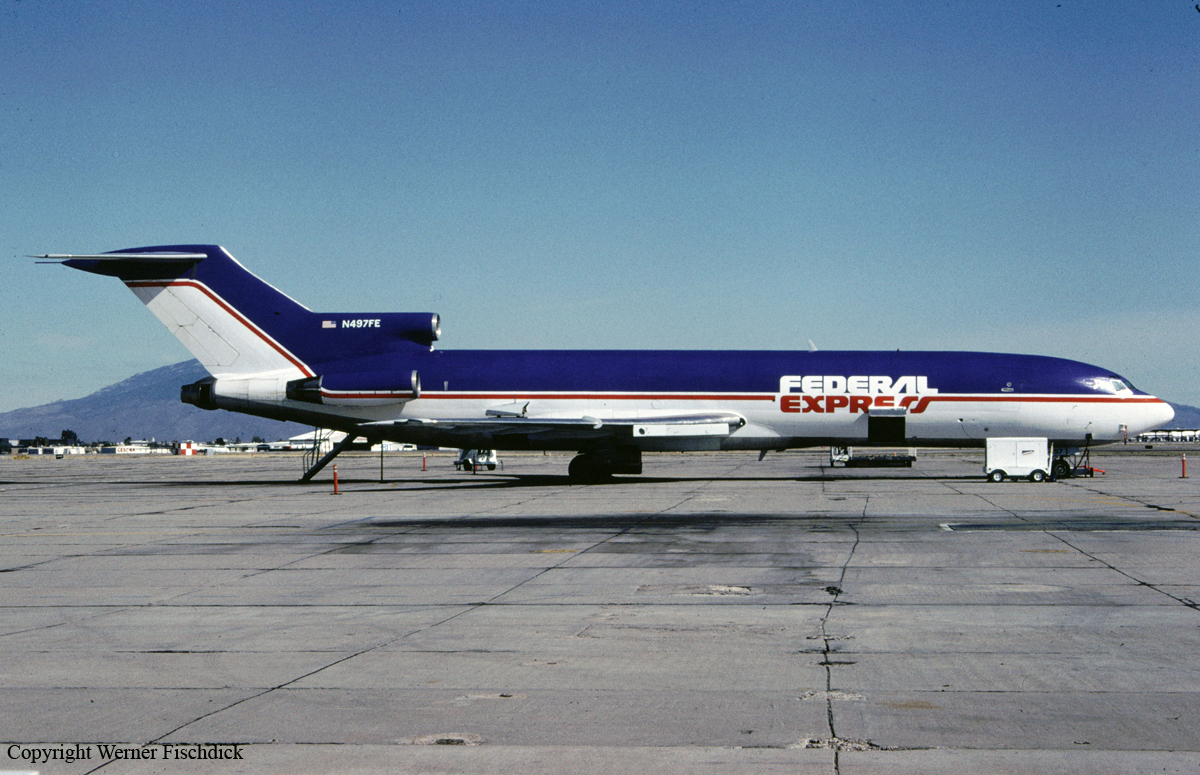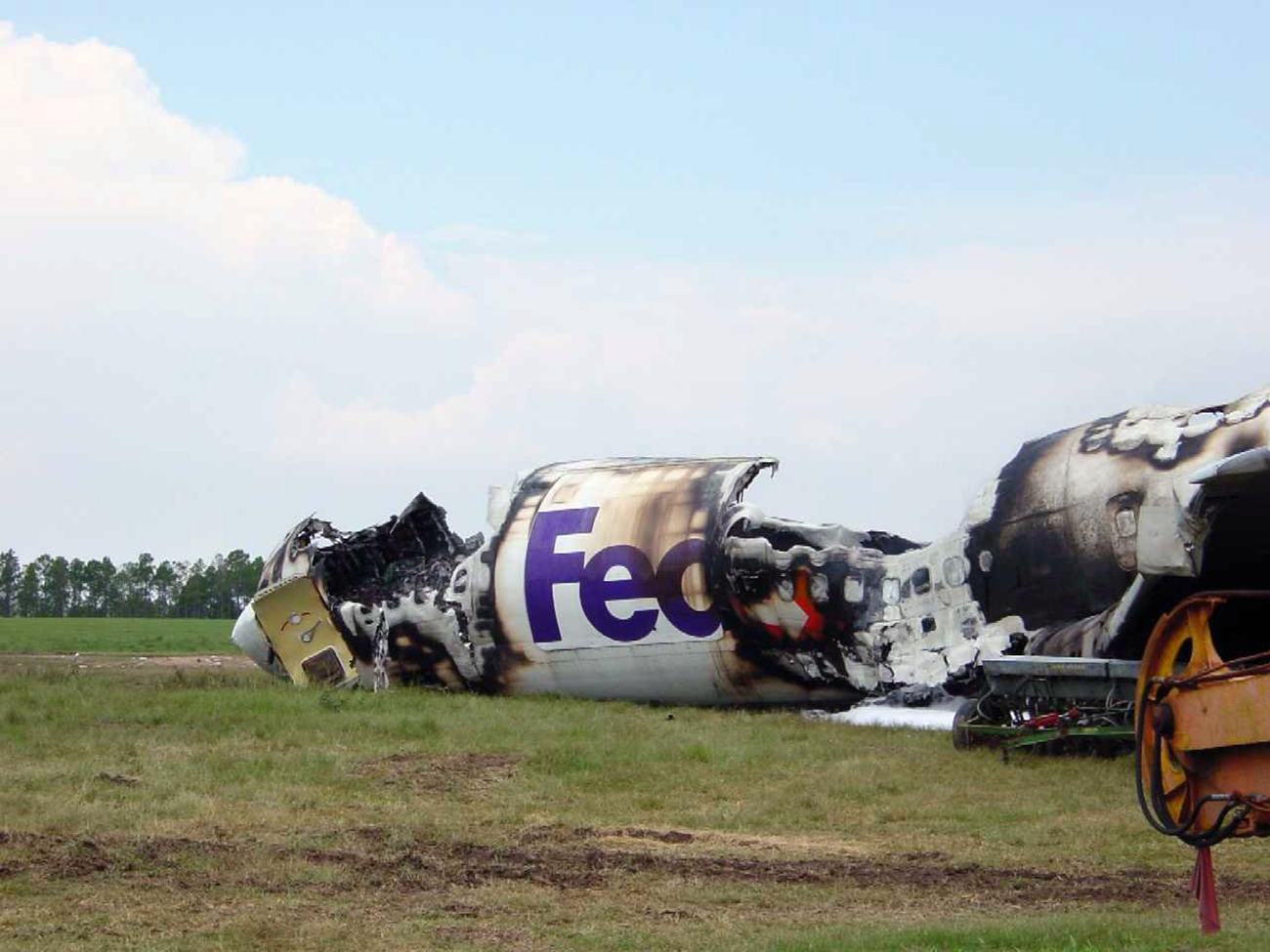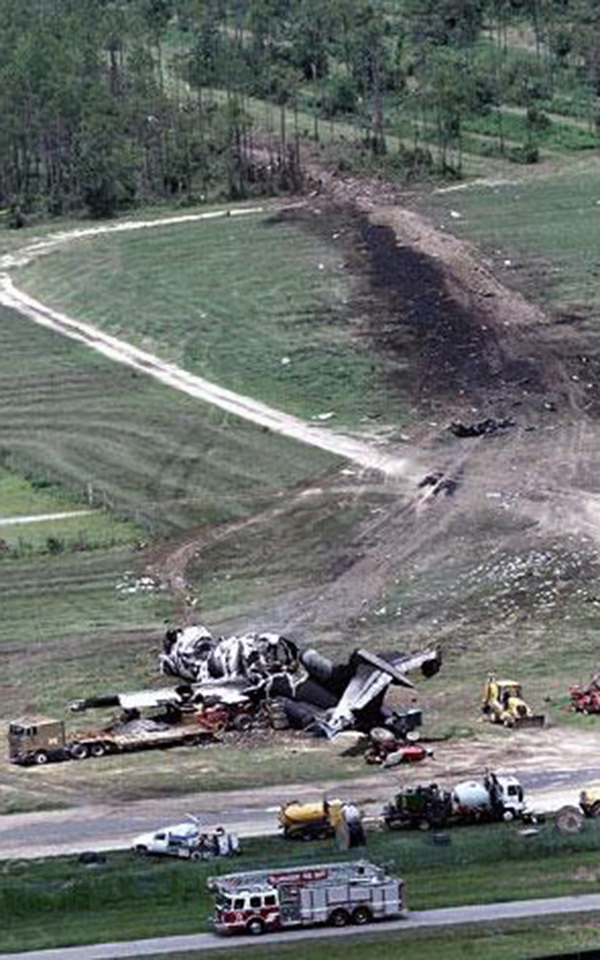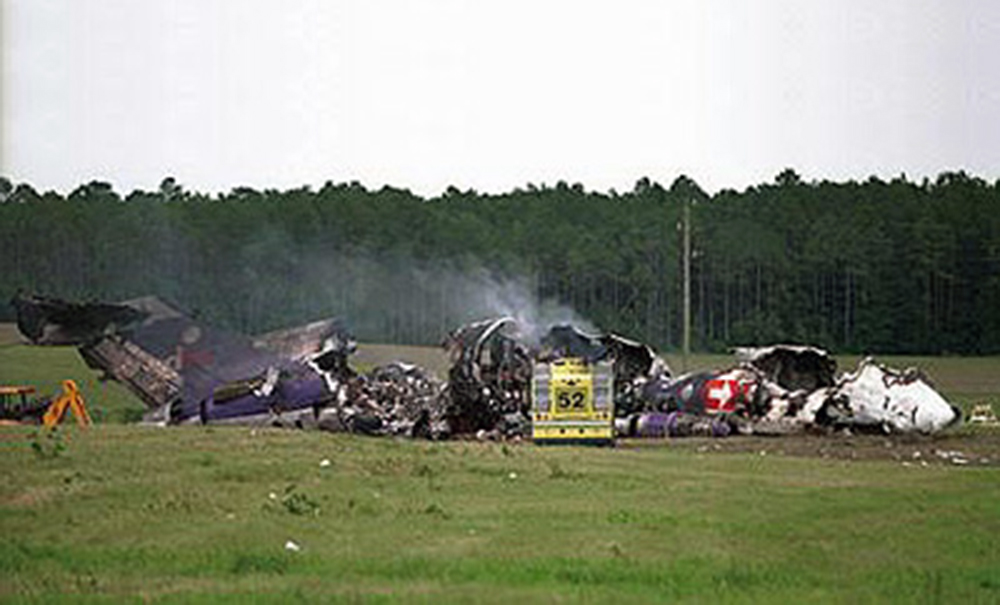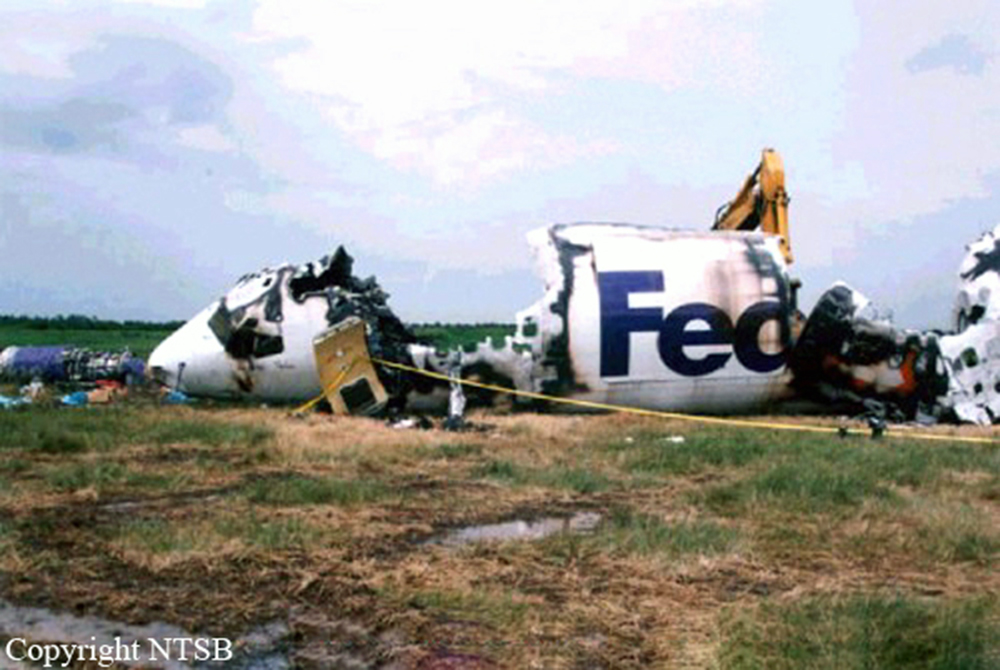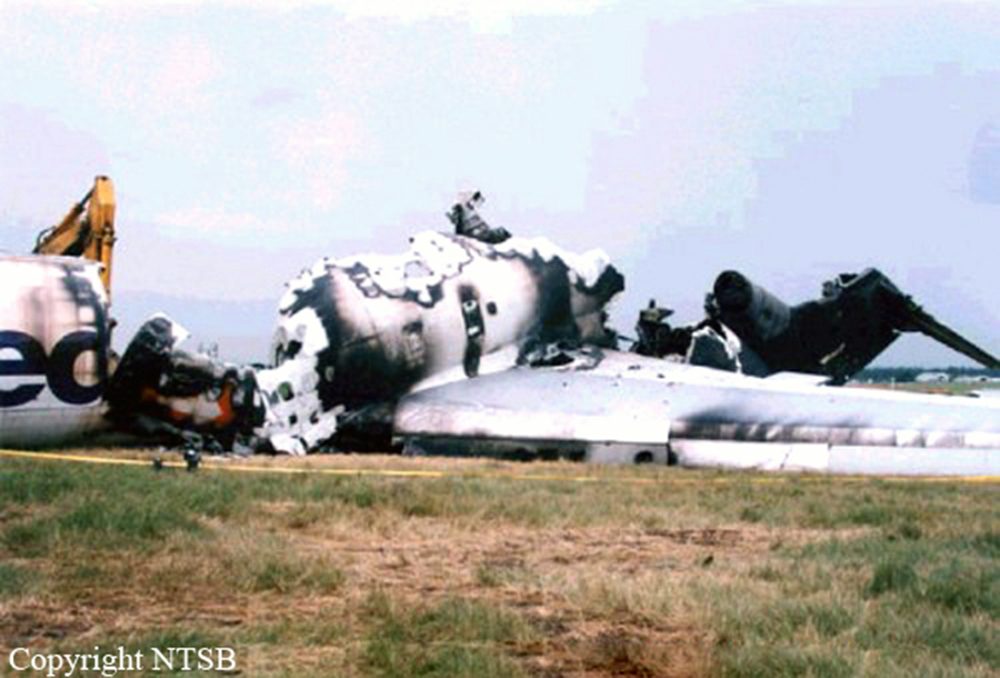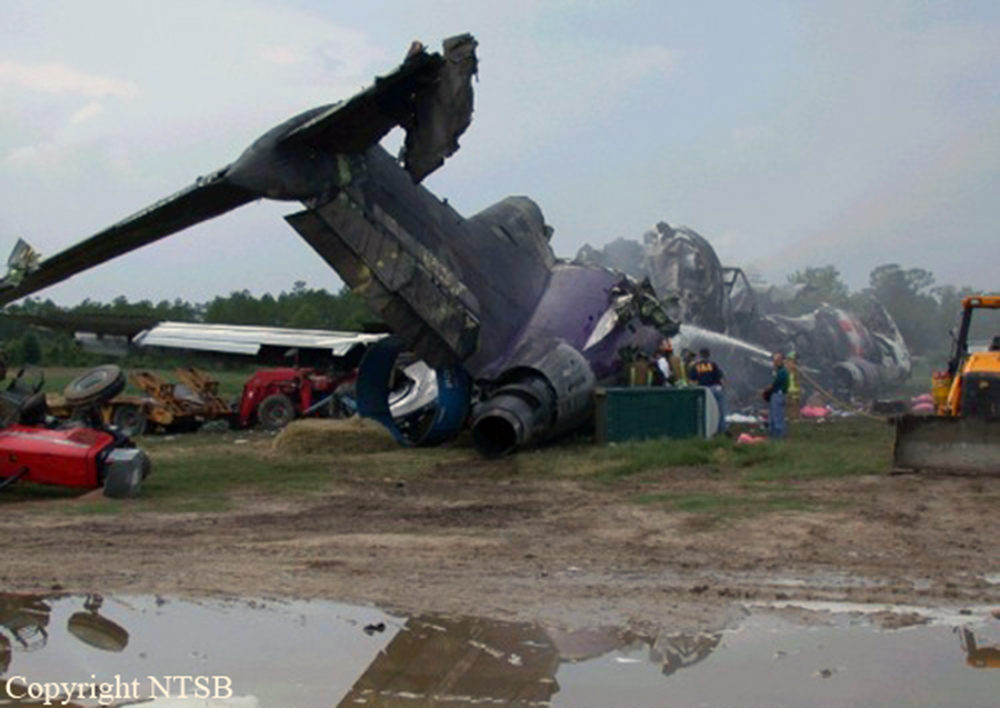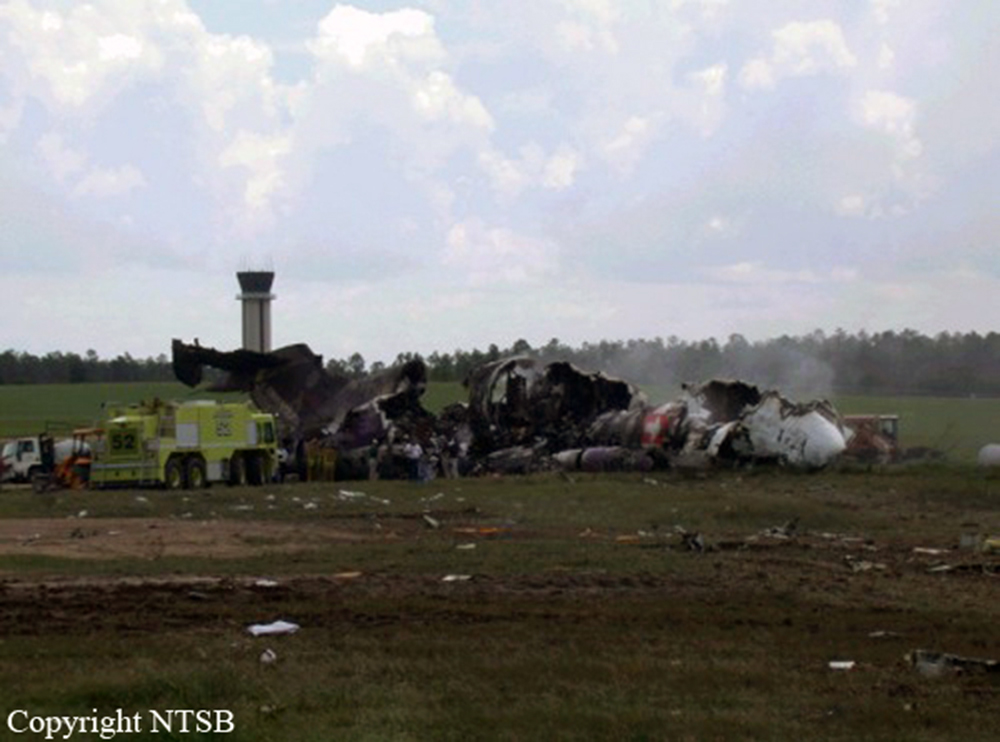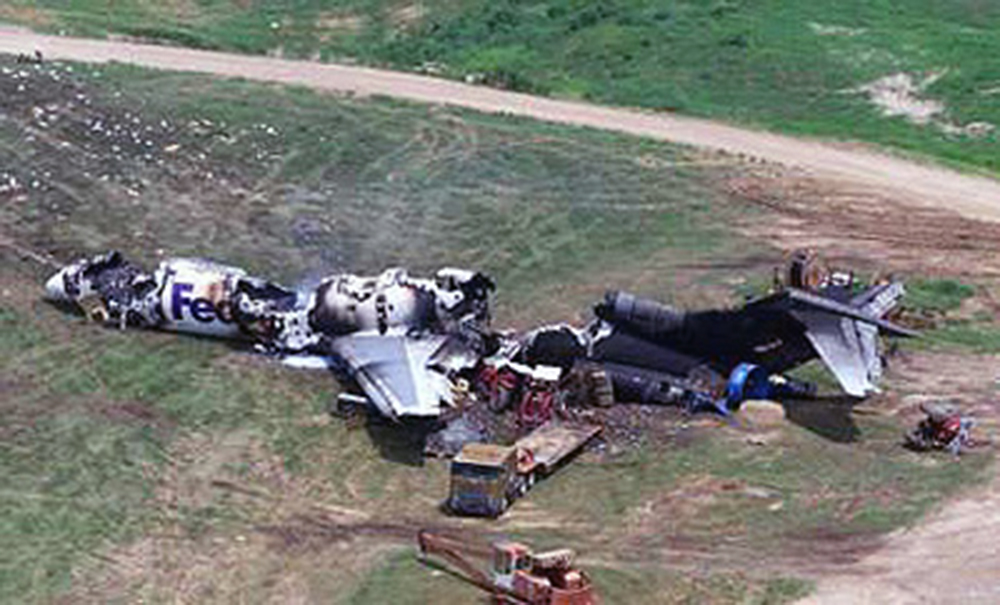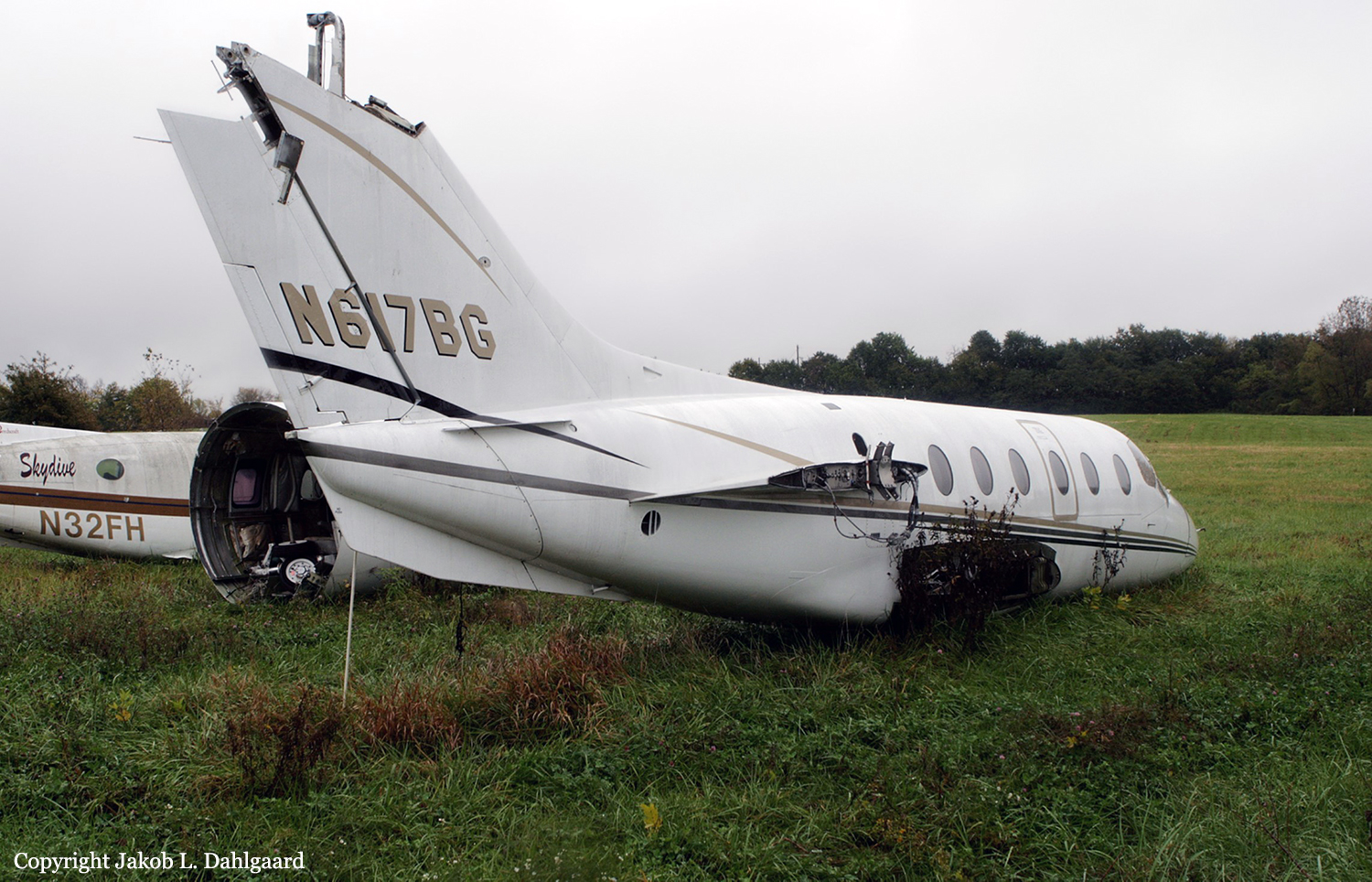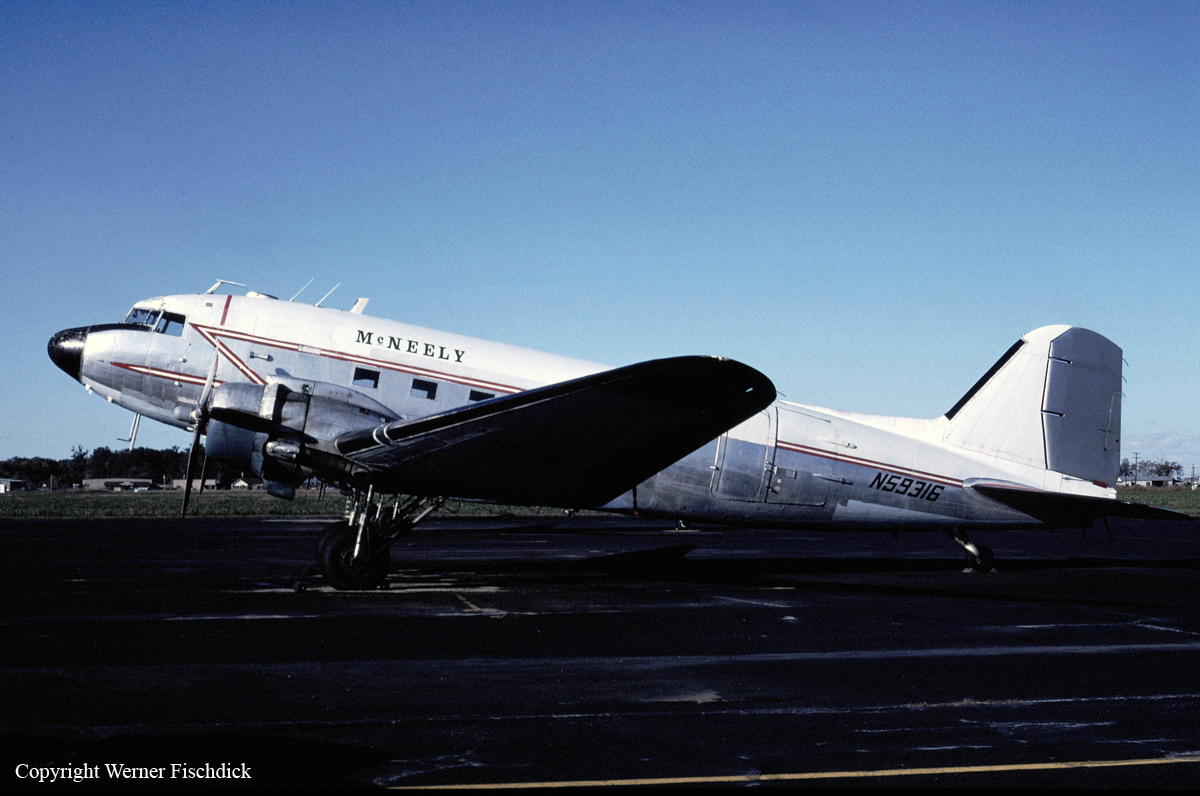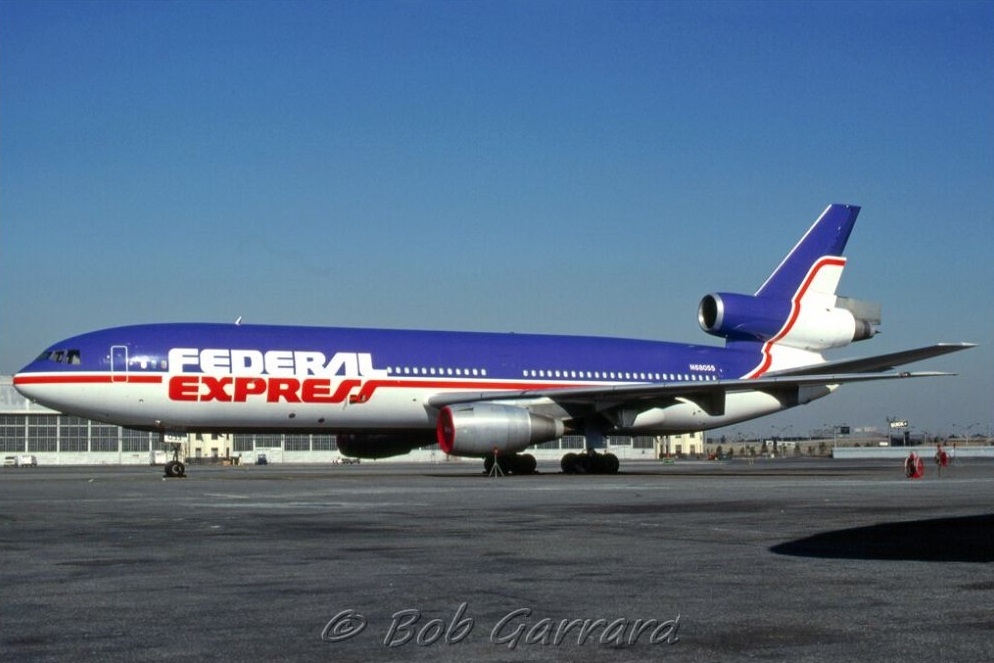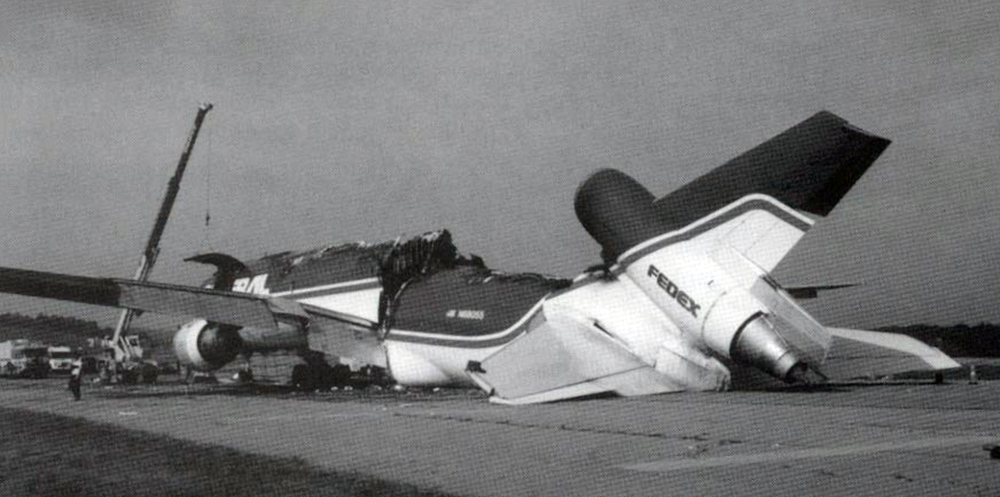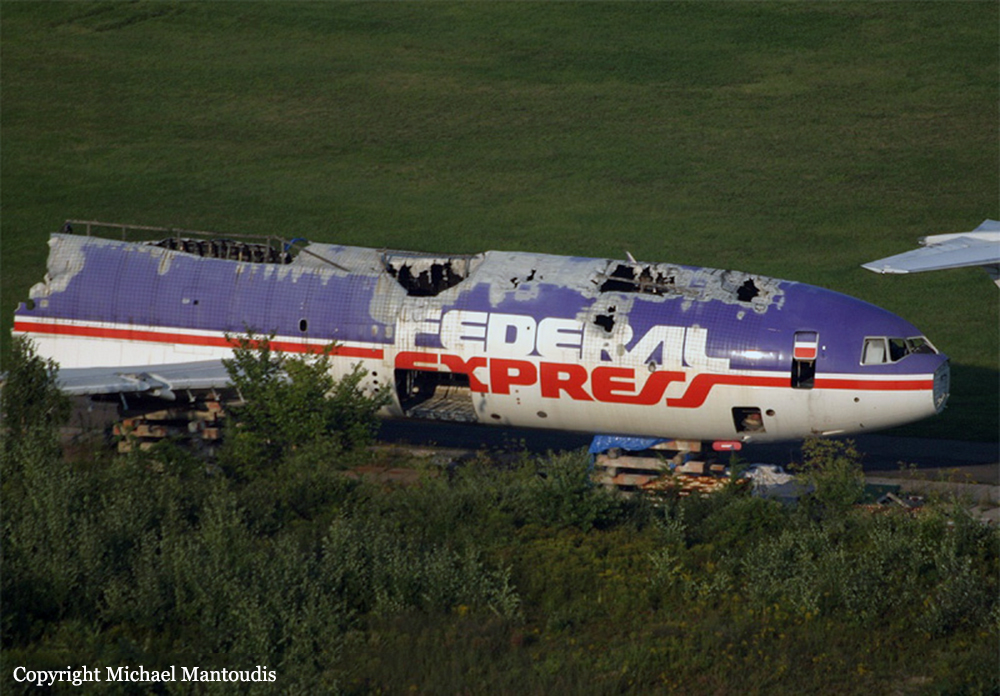Crash of a Boeing 727-232AF in Tallahassee
Date & Time:
Jul 26, 2002 at 0537 LT
Registration:
N497FE
Survivors:
Yes
Schedule:
Memphis - Tallahassee
MSN:
20866
YOM:
1974
Flight number:
FDX1478
Crew on board:
3
Crew fatalities:
Pax on board:
0
Pax fatalities:
Other fatalities:
Total fatalities:
0
Captain / Total hours on type:
2754.00
Copilot / Total hours on type:
1983
Aircraft flight hours:
37980
Aircraft flight cycles:
23195
Circumstances:
On July 26, 2002, about 0537 eastern daylight time, Federal Express flight 1478, a Boeing 727-232F, N497FE, struck trees on short final approach and crashed short of runway 9 at the Tallahassee Regional Airport (TLH), Tallahassee, Florida. The flight was operating under the provisions of 14 Code of Federal Regulations Part 121 as a scheduled cargo flight from Memphis International Airport, in Memphis, Tennessee, to TLH. The captain, first officer, and flight engineer were seriously injured, and the airplane was destroyed by impact and resulting fire. Night visual meteorological conditions prevailed for the flight, which operated on an instrument flight rules flight plan.
Probable cause:
The captain’s and first officer’s failure to establish and maintain a proper glidepath during the night visual approach to landing. Contributing to the accident was a combination of the captain’s and first officer’s fatigue, the captain’s and first officer’s failure to adhere to company flight procedures, the captain’s and flight engineer’s failure to monitor the approach, and the first officer’s color vision deficiency.
Final Report:
